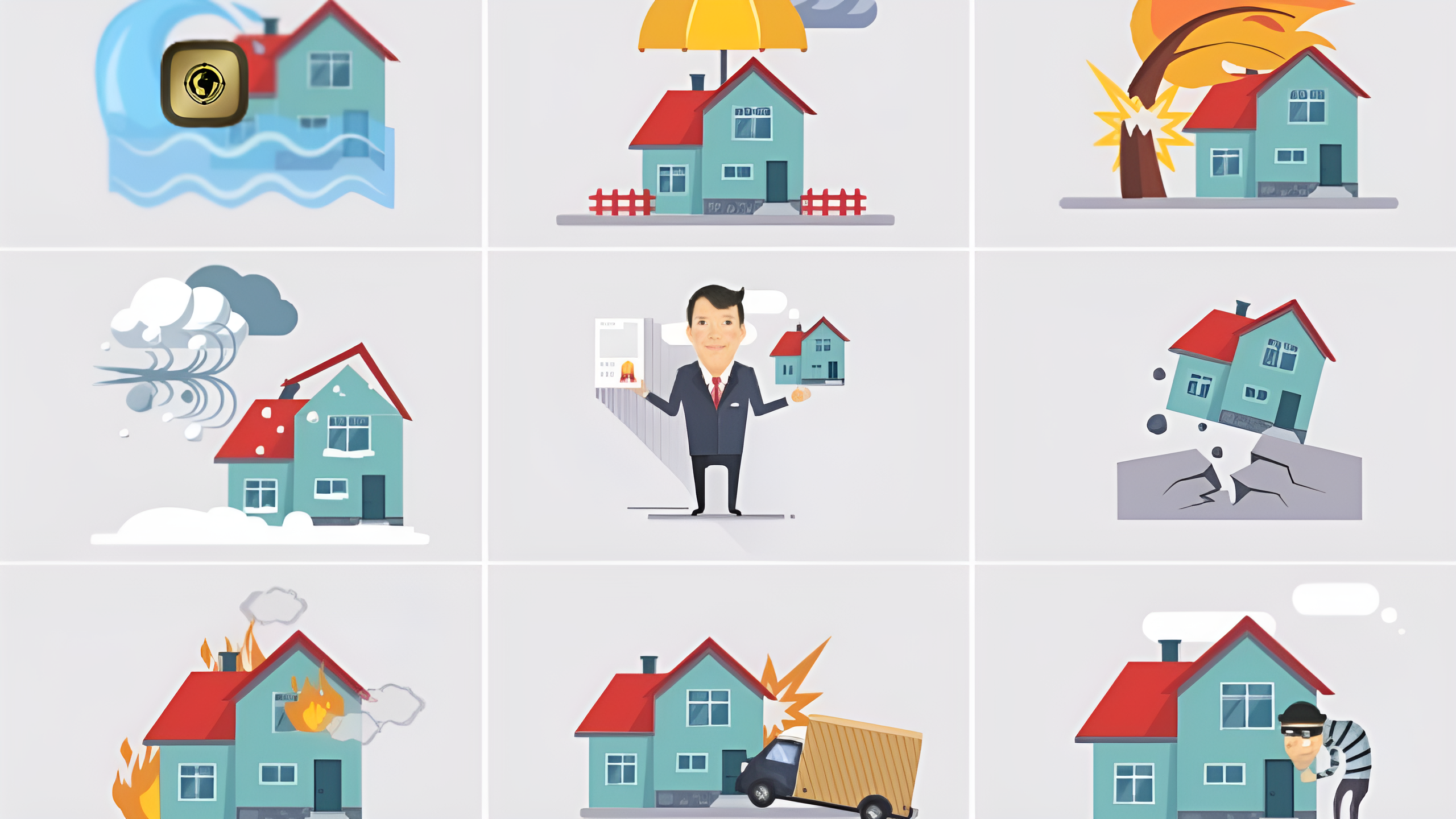March 31, 2025
- Households are expected to be secure with carefully protected plans established. However, creating a plan may not be feasible without comprehending the possible hazards and risks that could arise in a household. This article highlights the various potential sources of risk within a home. By understanding these possible dangers, you can implement precautionary measures, including verifying that you possess sufficient home insurance coverage, to prevent additional risks. Particularly if there are children or elderly individuals residing in the home, it is important to adopt precautionary measures and ensure safety.
- Exercise equipment
It is typical to have various types of exercise equipment available at home. Visiting the gym can be time-consuming and may be out of reach for many individuals. Thus, acquiring gym equipment and setting it up at home has become a widely accepted practice. Monitor the equipment and watch for hazards, such as heavy weights, rotating belts, and others. For example, rotating belts can be dangerous if they are left on. - Doors and windows
Ensure that your doors are securely fixed and not loose at their hinges. Moreover, windows can also present a potential hazard. For instance, avoiding the installation of French windows can be safer since they can be easily opened by children and toddlers. The material of your doors and windows is also important as it influences the likelihood of hazards occurring. Additionally, try to minimize the use of brightening agents like varnish on your door since they emit toxic fumes. - Electronic appliances
All electronic appliances carry a certain level of risk. Some appliances may present a greater risk than others. Phone chargers and cables left exposed without being unplugged can cause electric shocks to individuals in the household. It is vital to remain aware and responsible regarding the usage and storage of electronics. - Gas-Powered Space Heaters
Frequently, the dangers associated with gas-powered space heaters are overlooked. They can potentially result in health issues as a malfunctioning heater may emit carbon monoxide gas. Inhaled regularly and in significant amounts, carbon monoxide can cause serious health conditions and could be lethal at certain times. - Extension Cords
Keep your extension cords neatly organized and properly insulated. Damaged extension cords and wires lying around can pose risks.
How can I avoid typical household hazards?
There are specific steps you can take to reduce household hazards that may arise. Here are some strategies to help you avoid typical household dangers.
● Ensure that you store cleaning products, fertilizers, pest control medications, and other chemicals in a secure location that children and infants cannot access.
● Maintain proper lighting in your stairwells and other walkways.
● Confirm that your floor remains dry to prevent injuries and accidents.
● Regularly check the batteries of your smoke detectors.
● Ensure the effective operation of your alarm system and sprinkler system.
● Check the condition of wires in your home and ensure that none are faulty or have frayed ends.
Other hazards to consider
Along with common dangers, here are a few additional hazards that you should be mindful of to ensure your safety.
● Maintaining safety in the kitchen is essential. Follow proper safety procedures.
● Exercise caution when handling sharp objects to prevent injuries.
● Store paint and other flammable materials in a secure area.
● Exercise care with appliances and electronics.
Regularly review your home for potential fire hazards
One effective way to remain vigilant and responsible is to routinely inspect your home for these possible dangers. By doing this, you can detect these hazards early and avert any escalation of risk. You can check your electrical systems, extension cords, and light bulbs to ensure they are functioning properly. You can also inspect all power outlets to confirm they are adequately insulated. It is also beneficial to store your kitchen utensils and other items securely.
Conclusion
There are numerous sources of hazards within a home. It is crucial to be aware of them and take appropriate precautions. Additionally, ensure that you have a property insurance policy to safeguard you against potential damages. You can adhere to a list of strategies to reduce the risks within your home. Measures like ensuring electrical safety, keeping hazardous chemicals secured, and others can assist in minimizing household dangers.
Disclaimer:
The preceding information is for illustrative purposes solely. For comprehensive details, please consult policy documents and prospectuses before finalizing any purchases.



Leave A Comment